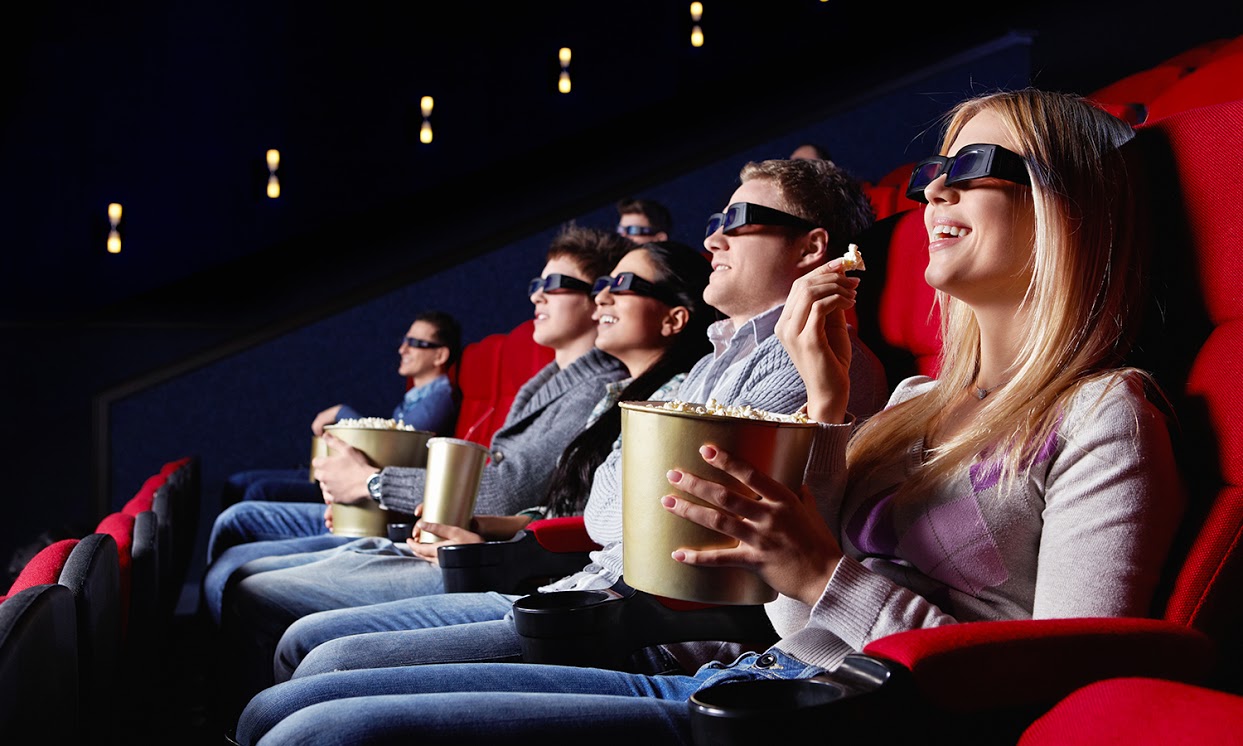
Imagine driving down I-5 shortly before twilight during the brief time when sunlight and city street lamps glow the same golden hue. You pass the Sacramento River and catch a glimpse of Tower Bridge’s two pillars, dyed gold, framing the skyline across the water. Your foot might unconsciously lift off the gas pedal for a moment, responding to an unaccountable swell of a emotion at the combination of light, architecture, and reflection. It’s neither madness nor magic; it’s a subconscious response to symmetry and color in all humans, one that artists have been taking advantage of for centuries. In Sacramento, movies provide a clear example of how filmmakers can exploit this strange interaction between eye and heart.
Before Talkies, There Were Movies
For the filmmakers who made classics such as The Great Train Robbery and Metropolis, the camera had to do all the work of telling the story without the help of sound. Title cards could communicate locations and dialogue, but directors used them as a last resort since their static appearance was less engaging than the marvel of a moving image or the taste of freshly buttered popcorn. Thus, filmmakers were forced to experiment with the nascent art of cinematography. Drawing on techniques honed by masters of static pictures, directors found ways to introduce plot and character details without saying a word, such as using light to highlight important objects or shooting a character from a low angle to make him instantly appear more powerful.
Composition Is Motion
The language of cinematography is even more complex for movies playing in Sacramento today. For instance, if a character enters from the left side of the screen, viewers may naturally consider him a "good guy," instantly feeling at ease with his presence. The idea behind this principle is that the eye is more comfortable moving from left to right, since this mimics the motion of reading in most Western cultures. Likewise, a character entering from right to left can be seen as unnatural and unfamiliar—a clear antagonist. Directors can also use vertical motion to influence audiences. If a character moves down the screen, from top to bottom, it appears comfortable, as the audience subconsciously assumes the pull of gravity aids in the motion. All of these tricks can be used together to instill a scene with unbearable tension—if the camera moves diagonally up the screen from right to left, defying both gravity and the eye's natural movements, audiences can feel dread without even knowing it.
The Dread of Lake Tahoe
Film buffs don’t need to sit in Sacramento movie theaters to admire these techniques. For a local example of the principles, they need only look to Lake Tahoe, the setting for Fredo’s final moments in The Godfather: Part II. While his sibling watches alone from his mansion, everything on the water moves from right to left, bottom to top. Even the waters of the lake, churned by the wind, obey this principle, rushing up and under Fredo in his boat. He seems very small and vulnerable in the shot. It all serves to foreshadow his ultimate demise, and to make the audience feel the tension of the danger they know to be present, even as Fredo remains ignorant.




